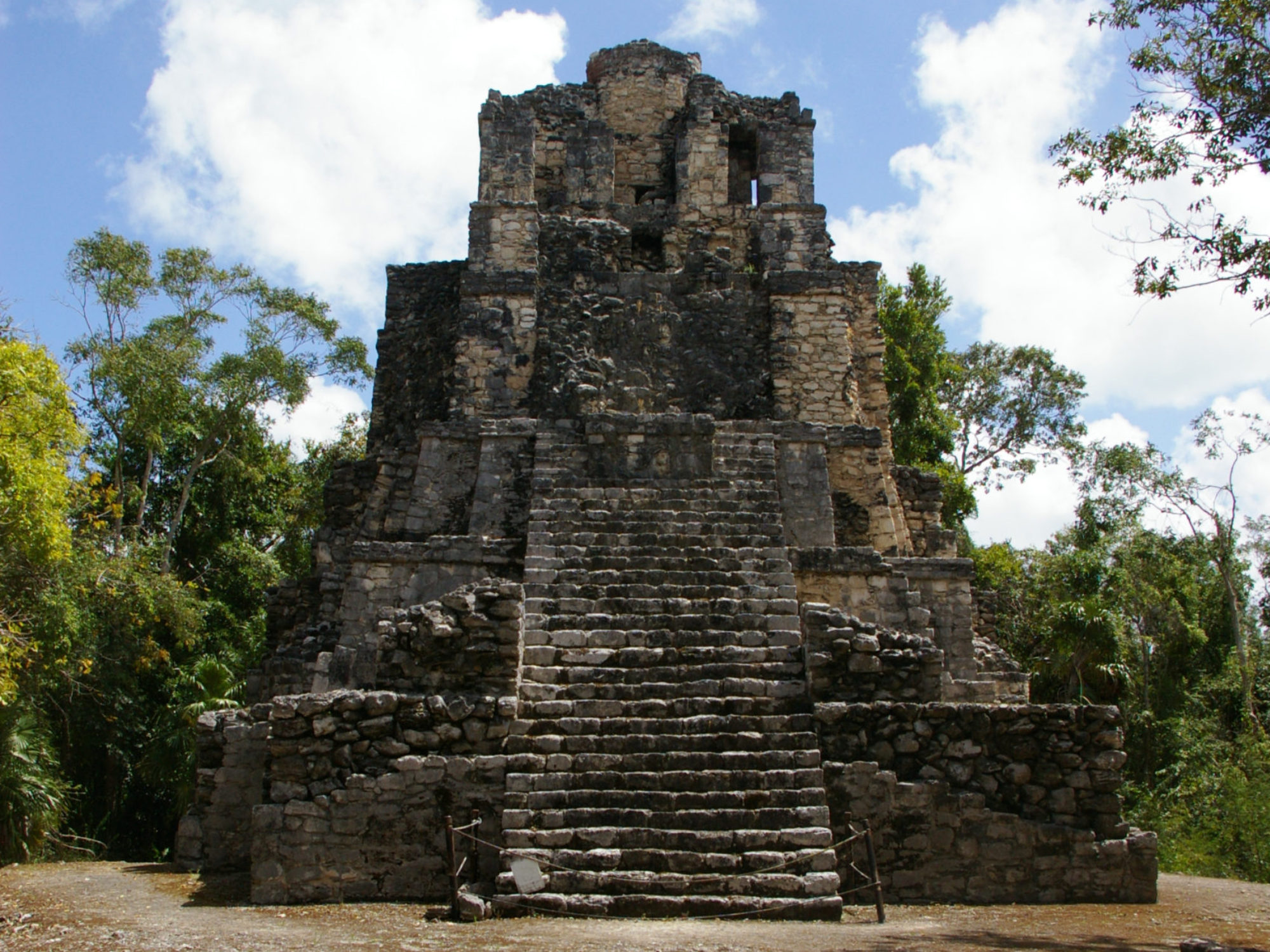Hutch Kinsman spoke on “State of the research on answering the question, ‘Did the Maya observe meteor outbursts related to meteor showers?’” He also gave a special Workshop on the methods and tools he uses for archeoastronomy.
Talk: Did the Maya observe meteor showers and outbursts related to meteor showers? It seems a certainty, however there are seemingly no surviving raw records of such observations. In this presentation Hutch Kinsman will describe his research into this question, commencing nearly ten years ago, and now much of it done in collaboration with D.J. Asher, formerly of Armagh Observatory and Planetarium in Northern Ireland. In 1999 Asher forecast the Leonid meteor outburst within minutes of its peak on November 18, 1999. It was a breakthrough moment in meteor outburst predictions bringing worldwide public attention to the Leonid meteor storms in 1999-2002. Using those same computerized orbital integration techniques, in 2016 David Asher and I investigated the Eta Aquariid meteor shower for the purpose of post-predicting possible outbursts that the Maya might have observed during the Classic Period. More recently we applied the same method to analyze the Orionids, another major shower that the ancient Maya would have observed. In both cases, we successfully used our model to verify observations already recorded by the ancient Chinese. This has been the first time that modern scientific methods have been specifically employed to investigate specific ancient dates in the Maya corpus. Recently the author has used other techniques to further investigate the possible observation of meteor shower outbursts by the ancient Maya. The workshop will discuss the sidereal year and review the date conversion calculator on the famsi.org website.
The workshop discussed the sidereal year and reviewed the date conversion calculator on the famsi.org website.The workshop then demonstrated how to use the NASA Horizons web-interface to determine solar longitudes from calendar dates. Participants learned how to calculate by hand sidereal year intervals that the Maya may have determined using a method devised by the workshop author. This method is based on the astronomical numbers A, B, C and D found in the astronomers’ workshop at the site of Xultun. We use a table similar to one the Maya may have used to figure multiples of sidereal years. Prime numbers were likely important to the Maya we also went over a little about prime numbers and how to use an online prime number calculator.
Materials for the workshop: the most important table is 39-10-Xultun Table, and the complete workshop workbook is Workbook for Philly PCS – 2021 Apr 10.
With a background in physics and engineering, Hutch Kinsman began studying the Maya as a hobby while working as a pilot for commercial airlines. Initially active with John Harris’s glyph group at the Penn Museum, he went on to sponsor the Annual Crabs and Glyphs Advanced Hieroglyphic Writing workshop at his home in Arnold, Maryland with Barbara MacLeod from 1998 to 2008. In 2010 he retired from the airlines to pursue Maya studies full time, eventually shifting the focus of his studies from pure hieroglyphics to astronomical pursuits–first comets and then annual meteor showers. He has published numerous papers in the Codex, the journal of the Precolumbian Society, and spoken about his research at the International Meteoroids Conference in Poznan, Poland; Maya at the Playa; and at the symposium honoring Linda Schele in Pasadena, California. In 2015 he began working with David Asher, a research fellow at Armagh Observatory and Planetarium in Northern Ireland. They have collaborated on papers and presentations regarding the possibility of identifying meteor outbursts in the Maya Record, most recently presenting at the 2019 Meteoroid Conference in Bratislava, Slovakia.

